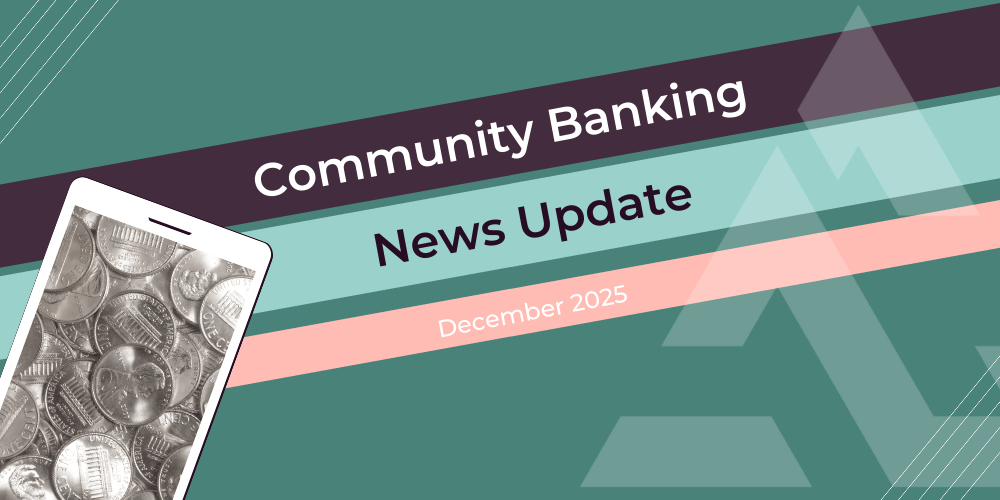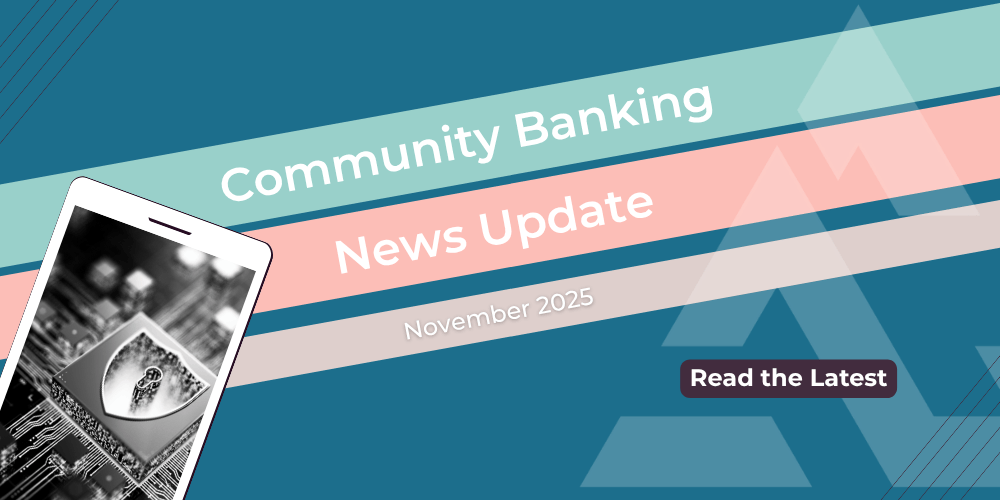How to choose correspondent banking software that turns international payments into bank revenue from non-interest income sources.
If you're still dealing with manual entry, rejected payments, and unclear fees in your wire transfer process, you're not alone.
Most banks and credit unions I talk to are stuck with legacy systems that slow them down, create compliance risks, and leave revenue on the table. The good news? With the right correspondent banking software, you can automate international wire transfers, reduce errors, and boost your non-interest income.
Here’s what I think every community financial institution should look for, and expect, from a modern platform.
1. Automated international wire transfers to eliminate manual entry
Manual entry is still one of the biggest correspondent banking challenges out there. I’ve seen ops teams spend hours retyping wire details into multiple systems, just to fix formatting issues or meet internal compliance steps. That’s not scalable, and it’s not necessary anymore.
The right platform should eliminate manual rekeying by integrating directly with your existing systems. If a customer initiates a payment through online banking or a teller input, that data should flow automatically, all the way through to OFAC screening and SWIFT wire processing, without duplication.
Manual entry isn’t just frustrating; it’s risky. Errors can cause payment delays or rejections, especially for SWIFT-based transactions. Wire transfer automation dramatically reduces those risks, improves staff efficiency, and makes for a much better customer experience.
“There’s no job satisfaction in retyping wires. Your ops and compliance staff should be spending time on meaningful reviews, not data entry.”
Read more about wire transfer automation solutions:
2. Intelligent routing and foreign exchange transaction risk matching
If your bank is handling cross-border payments, intelligent routing is no longer a nice-to-have; it’s essential. Especially as more institutions engage with fintechs or higher-risk industries, matching the right transaction to the right correspondent is a make-or-break decision.
Most correspondent banking software still relies on people to make routing decisions. That’s a huge liability. One misrouted transaction can damage a relationship, or get your institution de-risked altogether.
What you want is built-in logic that automatically routes payments based on destination, size, and risk profile. That ensures high-risk transactions don’t go through correspondents that don’t want them, and it protects your institution from processing delays or surprise denials.
“You never want the wrong transaction going to the wrong partner. Routing needs to be automatic and risk-based. People shouldn’t be guessing.”
3. Built-in fee capture for non-interest bank revenue
This is the one that really surprises people: most institutions are earning zero on international wires, even though their correspondents are profiting on every transaction.
If your bank isn’t capturing foreign exchange revenue, that’s a missed opportunity. And if you’re charging a wire fee but missing out on FX spread, you're only halfway there.
A good platform makes it easy to capture and disclose fees, adjust pricing based on risk or client type, and build a solid community bank foreign exchange strategy. You can even price differently based on use cases. For example, a low-risk transaction like a parent wiring tuition to the UK shouldn't be charged the same as a payment to a high-risk supplier in a sanctioned region.
“Our philosophy is simple: if you’re processing international payments, you should be earning from them, transparently and fairly.”
4. End-to-end compliance integration for correspondent banking software
Compliance isn’t a side process, it’s part of every transaction. The problem? Most systems still treat it like a separate step, which leads to errors, delays, and rejections.
Automated OFAC screening for wires, real-time sanctions checks, and data validation should all be baked into your platform. Not only does that reduce rejected international payments, it ensures your institution is protected from downstream compliance risks.
At Acceleron, we’ve gone a step further by building data-sharing agreements into our platform. If we identify fraud or a high-risk pattern with one of your customers, we can tell you before a wire goes out. That’s a big step up from the old model, where correspondents might reject a payment but not explain why.
“You shouldn’t just be told ‘no.’ A good partner helps you understand the risk and helps you fix it.”
5. Easy integration with your core and payment systems
No matter how great the software is, it won’t matter if it doesn’t integrate. Whether you’re on Fiserv Payments Exchange, Jack Henry, or another core, the platform should work out of the box or be easy to integrate with your stack.
We’ve built Acceleron with international payments automation in mind, and we are integrated with Fiserv Payments Exchange and other leading payment platforms. So even if you don’t have an engineering team, you can still modernize without a massive lift. For institutions with dev resources, we offer APIs to customize risk routing, fee structures, and reporting.
“Integration shouldn’t be a bottleneck. If it’s already in your system, flipping the switch should be fast, easy, and low-cost.”
Foreign wire transfer inefficiencies aren’t just annoying—they’re costing you time, money, and customers. The right correspondent banking software should help you:
- Automate your wire process end-to-end
- Route transactions based on real-time risk
- Capture non-interest income through smarter pricing
- Reduce compliance risk with integrated checks
- Fit seamlessly into your core and payment systems
If your current provider isn’t doing that, it might be time to ask why.
Community banks and credit unions have more pricing power than they think. And with the right technology, they can finally use it.
Acceleron builds patented software that allows community banks and credit unions to conduct cross-border payment transactions profitably through a foreign exchange marketplace and currency conversion tool. Serving over 200 financial institutions and facilitating more than $1 billion in international payments annually, Acceleron Bank helps small banks generate non-interest income and compete more effectively with big banks. Our digital correspondent banking solutions and international payments automation integrate seamlessly with Fiserv Payments Exchange and other leading payments platforms, ensuring quick API integration for banks.
Subscribe to our monthly newsletter, "The Exchange," to stay ahead of the curve and get original content you won't find anywhere else!
 Damon Magnuski, CEO, Acceleron
Damon Magnuski, CEO, Acceleron

-1.png)


